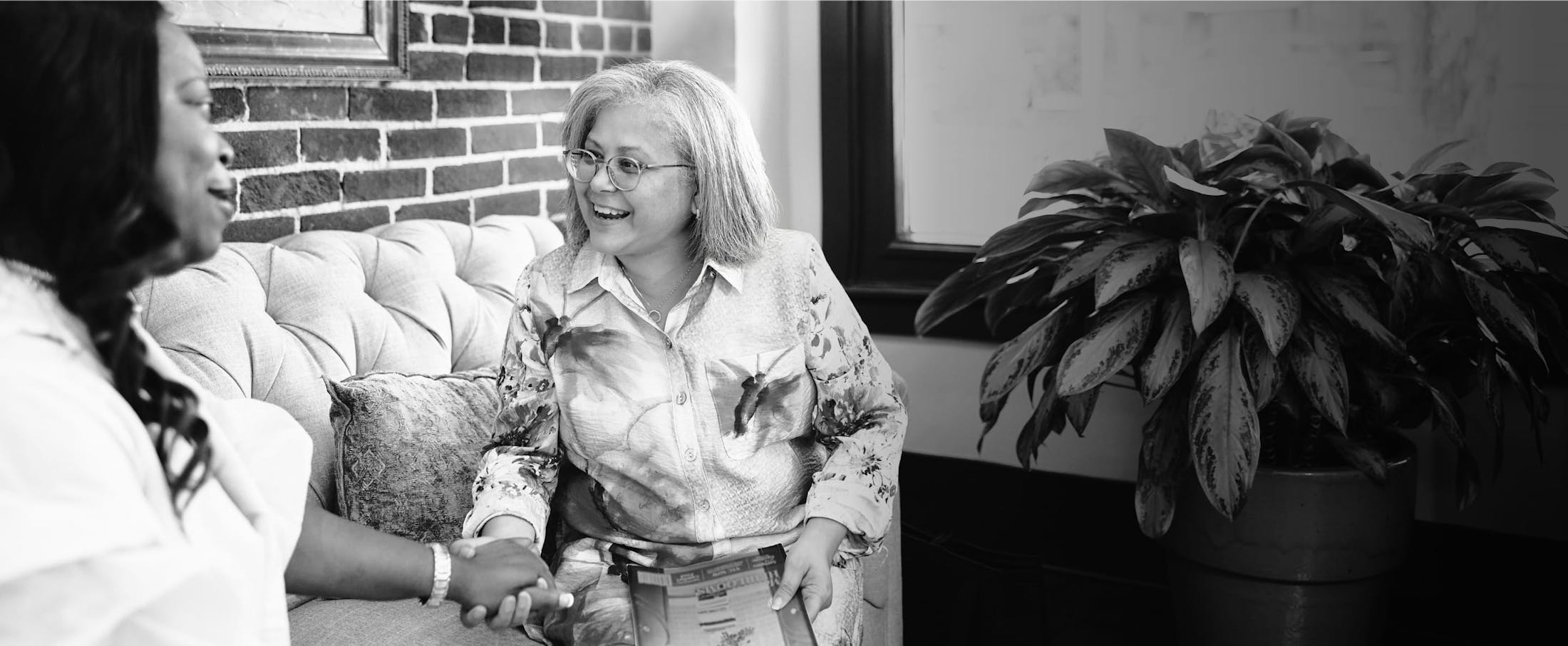About the 3M Dust Mask Class Action Lawsuit
Coal mining is one of the most dangerous jobs in the world. Miners work in cramped spaces inside shafts that can cave in or flood in the blink of an eye. The poisonous gases freed through mining into the Earth can immediately sicken workers or cause slow-growing disease to spread through the body. Coal miners lessen the risk of inhaling poisonous particles by wearing protective dust masks and respirators, a product the workers need to trust works efficiently. They entrust the respirators to protect against diseases like black lung disease, a deadly illness common among coal mine workers.
The 3M class-action lawsuit alleges that companies, including 3M, knew their masks and respirators (particularly those made before 1998) did not protect the wearers. The defective 3M respirators allegedly did not protect those working in coal mines from inhaling particles that later caused black lung disease. The defendants in the 3M dust mask lawsuit accuse various mask-producing companies of negligence, breaching warranty, and product liability. They claim the mining companies knew the 3M masks were defective but still sold them to workers. The following companies are just a few involved in the suit for allegedly selling defective respirators:
- American Optical Corporation
- Eastern States Mine Supply
- Fairmont Supply Co.
- Kentucky Mine Supply Co.
- Mine Safety Appliances
- Persinger Supply Co.
- Raleigh Mine and Industrial Supply
